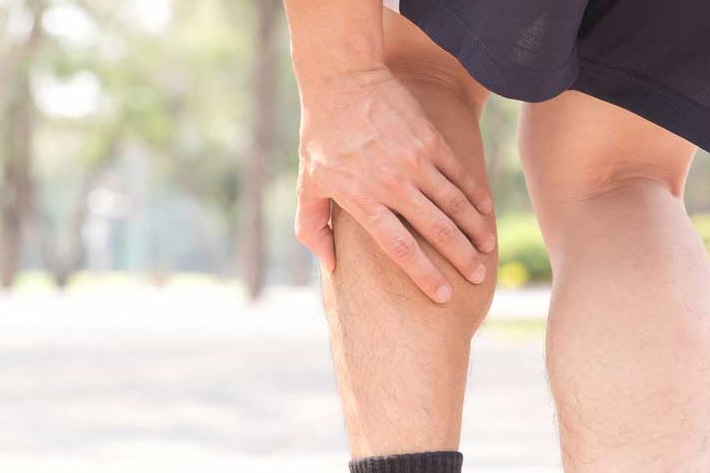Gastrocnemius tightness, or tightness in the calf muscles, can have various implications in sports injuries. The gastrocnemius is one of the two primary muscles that make up the calf, along with the soleus. Tightness in the gastrocnemius can affect the overall flexibility and function of the lower leg, potentially leading to the following issues:
- Achilles Tendinopathy: Tight gastrocnemius muscles can increase the strain on the Achilles tendon, which connects the calf muscles to the heel bone. This increased tension can contribute to the development of Achilles tendinopathy, a condition characterized by pain, inflammation, and degeneration of the tendon.
- Calf Strains: The tightness of the gastrocnemius can make the muscle more prone to strains. When the muscle is tight, it is less able to stretch and adapt to sudden changes in movement or force, increasing the risk of strains or tears during activities that involve explosive pushing off or quick changes in direction.
- Plantar Fasciitis: Gastrocnemius tightness can also impact the plantar fascia, a thick band of tissue that runs along the bottom of the foot. When the calf muscles are tight, they can alter the biomechanics of the foot and increase stress on the plantar fascia, leading to plantar fasciitis—an inflammation of the plantar fascia causing heel pain.
- Calf Cramps: Tightness in the gastrocnemius can make the muscle more prone to cramping during intense physical activity. Cramps are sudden, involuntary contractions of the muscle, and they can be painful and debilitating, forcing an athlete to stop or slow down.
- Decreased Range of Motion: Tight gastrocnemius muscles limit the range of motion at the ankle joint. This restricted motion can affect athletic performance, particularly in activities that require a good range of ankle motion, such as running, jumping, and kicking.
To mitigate the implications of gastrocnemius tightness and reduce the risk of sports injuries, we should incorporate stretching exercises, foam rolling, and regular massage into our routine. These activities can help improve flexibility, reduce muscle tension, and promote better muscle function. It is also essential to maintain a balanced training program that includes proper warm-up and cool-down exercises, along with adequate rest and recovery periods to prevent overuse injuries.
In some patients who suffer from persistent symptoms despite all measures, a simple keyhole procedure can be performed to relax the gastrocnemius.





